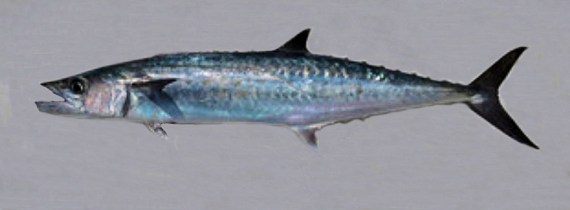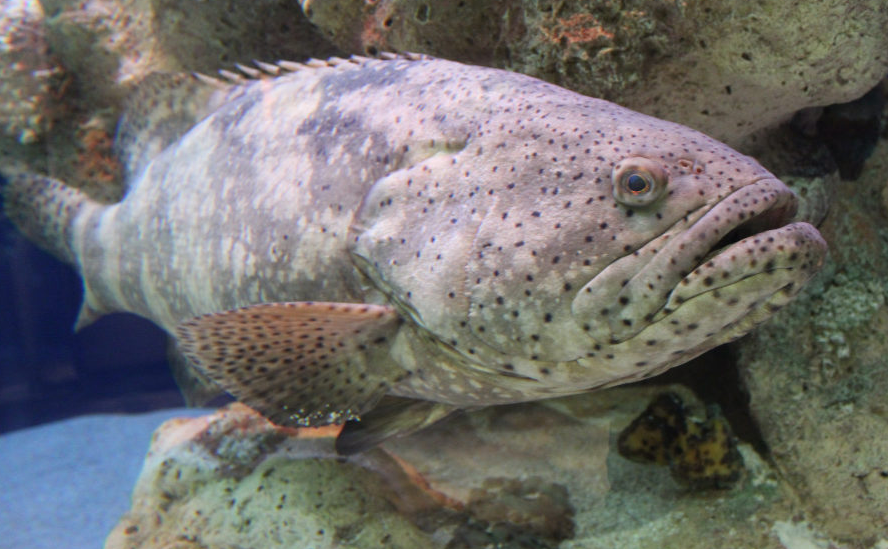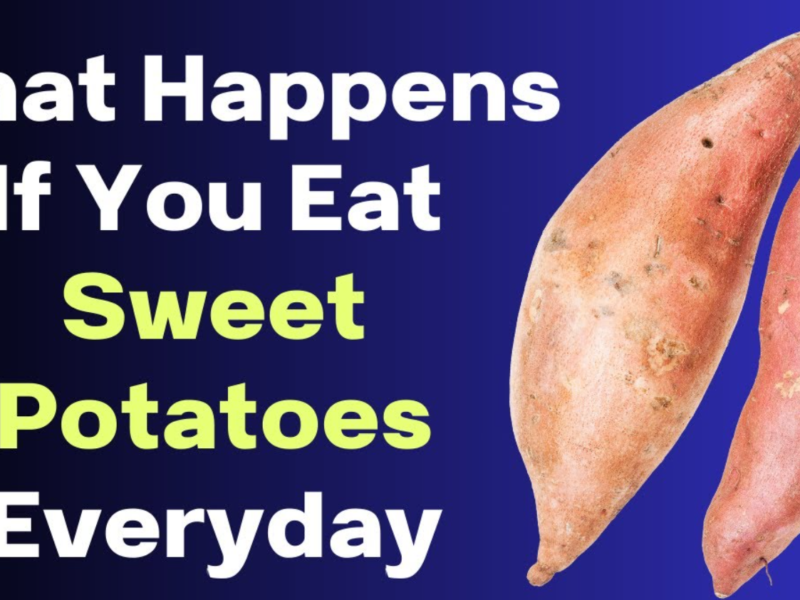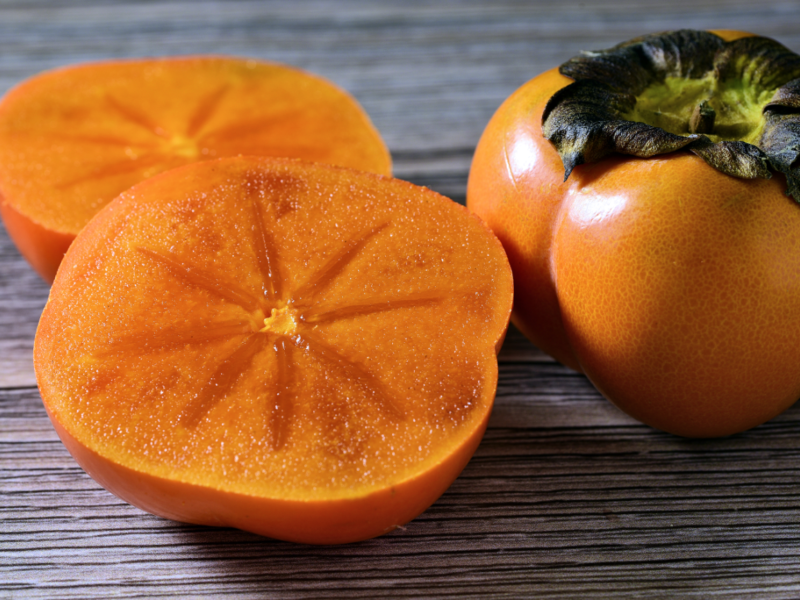While doing our research we found that there are 13 worst fish to eat that you should never eat as a healthy human: All the fishes are totally reviewed.
Some fish contain omega-3 fatty acids, which are essential for brain growth and health.
Unfortunately, our oceans are not healthy nowadays.
’cause fish filters seawater through their systems, toxins in the water enter your body.
In addition, the fishing industry adopts certain methods that are not very beneficial to your health and environment, including overfishing and aquaculture.
What’s wrong with Farmed fish?
According to the World Wide Fund for Nature, rising sea resources are disrupting the natural ecosystem of the ocean. Chemicals are used to maintain the ideal environment for a farm, but not for the sustainability of marine life.
Why do they use chemicals?
To combat the spread of diseases and parasites in a busy fish farm.
If caught fish are protected, they can breed with wild fish and are constantly evolving. The abundance of feed and fish waste in the water displaces the oxygen needed for other aquatic organisms to survive.
Most of the feed used on farms is inexpensive and grain-based. This reduces the proportion of omega-3s in fish and reduces the benefit to human consumption.
13 Fish You Should Never Eat and +3 Better Seafood Options
1. Farmed Tilapia
Some argue that eating this popular fish is more unhealthy than eating bacon. (However, to clarify one thing, bacon is not the devil from good sources when eaten in moderation).
The problem with tilapia is that it grows too much. So the wild tilapia is hard to eat.
Researchers at Wake Forest have found that the proportion of fatty acids that can actually harm your health in farm-grown tilapia.
Farm tilapia contains high levels of omega-6 fatty acids and low levels of omega-3. Instead of reducing it, it causes inflammation.
If you are trying to follow the medical community’s recommendations for eating more fish, eating more tilapia does not improve your health.
2. Atlantic Salmon
If you are interested in searching for fish recipes online, you will find thousands of delicious salmon dishes. However, this regular fish is not good to eat.
Most Atlantic salmon come from farms. You will not see wild Atlantic salmon because NOAA Fisheries explains that this is actually an endangered species.
The abundance of Atlantic salmon farms has endangered wildlife from the very beginning.
A 2016 study (2) found that research on omega-3s in Atlantic salmon was 50% lower than it was five years ago. As the anchovy population dwindles, this fish’s deficiency is used to feed salmon, leaving a fatty acid ratio.
Due to the fact that grown salmon do not get the right nutrients for proper development, they do not always get the pink shade that characterizes these types of fish. Therefore, many fishermen add synthetic pigment to the feed.
That’s about it, all of you… our watermelon is genetically modified so they don’t contain seeds (a natural way of propagating fruit), and you get the best experience by eating a farm-grown salmon pigment.
Do you see the problem here? I know it’s hard to buy good things, but the demand is dropping!
According to Clean Plates, the health effects of this chemical are uncertain.
Dioxins that accumulate in the fat cells of fish are about 10 times more likely than chemical-fed wild salmon. According to the World Health Organization, dioxins are environmental pollutants that cause cancer, as well as damage the immune system, reproductive system, and endocrine system.
Genetically modified salmon FDA approved for sale. The product should not be labeled as GMOs, so if you eat salmon grown on a farm, you never know what you will get.
3. Chilean Sea bass
It is a popular item in restaurants and weddings. The fish’s original name is Patagonian or Antarctic Tooth fish, but the “Chilean Sea Bass” is more attractive.
What’s not so appealing is that the fish is developing slowly and the fish are having problems due to over fishing. It is not considered environmentally friendly or fish resistant.
If it’s not bad enough, it contains high levels of mercury.
4. Grouper
The group contains high levels of mercury, and adults are advised to consume only two servings of this fish per month. According to the Environmental Protection Foundation, children should eat one only.
Additionally, an Oceania study shows that other types of fish can be sold in one place, which makes you wonder what you are really eating.
My thoughts are … If you have a diet that is recommended to be consumed only once or twice a month, it is best to get these nutrients from other sources.
5. King Mackerel
Finally, fish found high in omega-3s. However, it may be contaminated with high levels of mercury.
In fact, the FDA says you should never eat this fish.
However, the Royal Ayla should not be confused with the Atlantic or Atka Ayla. The Environmental Protection Foundation claims that these fish have low levels of mercury.

It is enough that the FDA approves all sorts of harmful substances in our diet (for example, artificial ingredients, preservatives, etc.), so they do not provide any clear notification for this food!
Next on your list of foods you should never …
6. Imported King Crab
The giant, delicate crab legs are so delicious. However, foreign blue king crab is one in all the worst varieties of food.
The imported red and blue king crab is commonly used in Russia for fishing. King crabs and snow crabs in the United States are more environmentally friendly and contain less mercury. If you like King crab, choose American crabs. Remember to check your labels!
7. Swordfish
The larger the fish, the more mercury in it. The Environmental Fund says that pregnant women and children should never eat this fish.
The FDA has added fish to its list to avoid pregnancy and babies.
8. Atlantic Bluefin Tuna
If you are interested in sushi, you may have seen it on the menu.
This large fish raised the amount of mercury, which is not sustainable.
At the end of this article you will find tuna that you can eat without it.
9. Shark
This fish contains a high amount of mercury.
The Environmental Protection Foundation and the FDA agree that you should never eat sharks.
10. Orange Roughy
The sustainability of this fish is poor and has the worst environmental rating. Fish have a long life and they do not breed in abundance, so this species is declining.
Large fish usually contain large amounts of mercury, although the flesh is white and light.
11. Imported Catfish
This fish is not the same as domestic catfish.
This label is commonly applied to Pangasius, which is found to be contaminated with microorganisms that cause your disease.
Another case where you need to read the labels on your products carefully!
12. Eel
According to Seafood Watch, eel is often used in sushi restaurants, and this variety is susceptible to overfishing.
Eels that live in rivers exposed to toxic pollutants (hmm … dammit!), Like in New Jersey, can collect harmful chemicals that they can ingest.
Last on the list of fish you should never eat …
13. Imported Farmed Shrimp
According to NOAA, the average American eats about 4 pounds of shrimp annually. Ninety percent of this shrimp is imported from abroad.
These shrimp farms use harmful chemicals such as malachite green, pesticides. Science Daily claims that a diet supplement used to maintain shrimp color can cause hormonal problems in men and women.
This is the second time we hear about supplements in our diet to ensure color. This is not natural.
In addition to the aforementioned reasons, shrimp are notorious bottom feeders, meaning they collect all the residues (including feces) from other fish.
This defense article contains many good reasons for not eating shrimp.
We recommend avoiding or strictly controlling them. There are so many great options below!
So what kind of fish should I eat?
There are many types of seafood that you should not eat, so you may be wondering how to incorporate omega-3s into a healthy diet.
Number one is the most important and best for you…
1.Wild Alaskan salmon .
It contains omega-3s and does not suffer the same harm as farm-raised salmon.
Wild Alaskan salmon is definitely more expensive than farm-grown salmon, but you can find great offers on it! Fresh is good, but frozen wild Alaskan salmon farming is better than fresh salmon!
Trader Joe’s has a great price in the freezer section, but if you don’t have Trader Joe’s, check out the frozen section of your local grocery store!
If you cannot incorporate salmon into your diet at least once or twice a week, consider adding a good omega-3 supplement!
2. Anchovies.
It contains High calcium and low mercury. They are also rich in omega-3s.
You can add anchovies in several recipes to add a taste without the fish. These can be blended well in a Caesar salad dressing or you can prepare a delicious sauce by mixing the brown slices in the pan, mustard and broth.
PostScript anchovies are found in almost all Caesar’s gas stations, you just don’t notice it!
3.Albacore tuna.
The tuna albacore white tuna from the USA and Canada is the kind of fish you can find in cans. These fish contain large amounts of omega-3s.
Although it contains a moderate amount of mercury, the Environmental Protection Fund claims that adults can consume it four times a month.
This can be a good source if you are on the go and need to eat fast protein.
Bottom line… be very careful in choosing the fish, always read the labels!
If you like this article about fish that you should never eat or you have any questions, please feel free to comment below!



